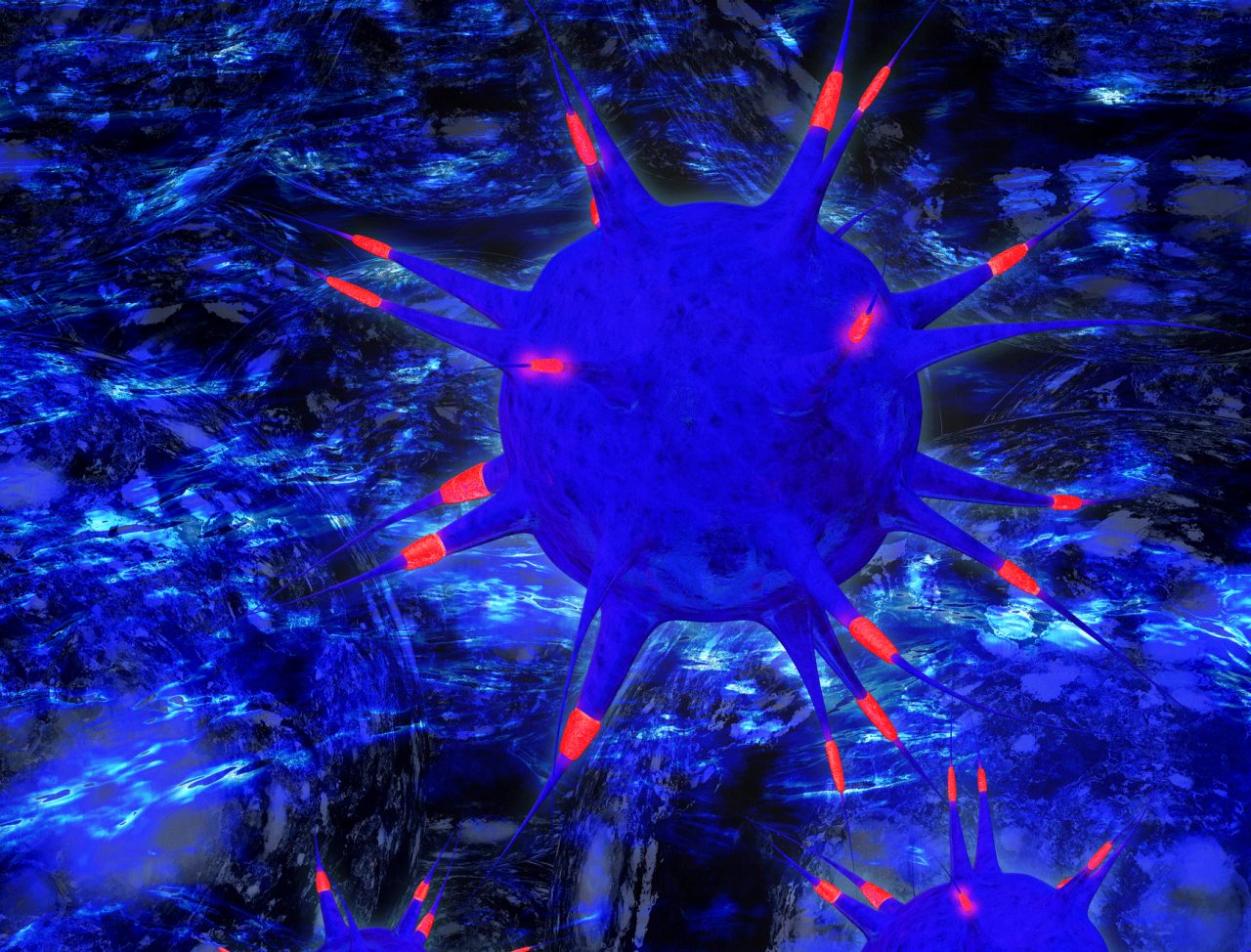What Research Is Being Done on ALS? — Page 6

Stem cell therapy for ALS
The power of stem cells lies in their potential. Embryonic stem cells are pluripotent, meaning they can grow into any type of cell in the body — including bone, blood, muscle, skin, and neurons. In recent years, researchers have learned how to circumvent the need for controversial embryonic stem cells, instead producing human-induced pluripotent stem cells (iPSC) in the lab from adult skin or blood cells.
In ALS, one research effort focuses on the use of stem cells. Stem cells can divide for indefinite periods in the lab and morph into multiple specialized cells — including neurons, blood, bone, muscle, and other types of cells. The discovery has resulted in stem cells becoming a major tool for researching causes of ALS and potential cures.
Cedars-Sinai Medical Center investigators have developed an investigational therapy, using stem cell and gene therapy, that could potentially protect diseased motor neurons in ALS patients. So far, the research team has shown the combination therapy is safe in humans.
“Using stem cells is a powerful way to deliver important proteins to the brain or spinal cord that can’t otherwise get through the blood-brain barrier,” researcher Clive Svendsen, PhD, professor of Biomedical Sciences and Medicine and executive director of the Cedars-Sinai Board of Governors Regenerative Medicine Institute, said about the research.
“We were able to show that the engineered stem cell product can be safely transplanted in the human spinal cord. And, after a one-time treatment, these cells can survive and produce an important protein for over three years that is known to protect motor neurons that die in ALS.”
YOU MIGHT ALSO LIKE: More About ALS
Updated:
June 12, 2023
Reviewed By:
Christopher Nystuen, MD, MBA and Janet O'Dell, RN